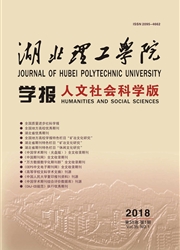

 中文摘要:
中文摘要:
东周时期,在各种历史因素和特定机遇的推动下,各诸侯国的都城获得了较大发展,很多要素向都城聚集。为了高效利用都城空间,各诸侯国不仅在都城建造高台、楼阁等高层建筑,使居住形式向空中延伸和发展,而且还向地下挖掘潜能。他们结合特定目的而使用地下空间资源,建造不同类型的地下建筑。在这个时期,出现了较多的实用地下建筑,如凌阴、“金室”、酒窖等。透过这些高等级建筑形式,能够窥知东周阶段的全面社会转型。
 英文摘要:
英文摘要:
With the impetus of the various factors and good historical opportunity, the King's city and all vassal states' capitals in Eastern Zhou Dynasty obtained considerable development. In other words, many rich people flowed into these given spaces and made the cities bigger than before. In order to make efficient use of the spatial resources of the capitals, the kingdom and its vassal states not only built high-raised buildings such as pavilions and other styles in their capitals, but also made some new buildings underground. They used underground spatial resources for specific constructing purposes and built different types of underground buildings. More practical underground build- ings such as Lingyin, Golden Music Room, Wine Cellar and so on, began to appear continuously in this period. By analyzing these high-grade architectural forms, the transformations happened during this period can be speculated.
 同期刊论文项目
同期刊论文项目
 同项目期刊论文
同项目期刊论文
 期刊信息
期刊信息
